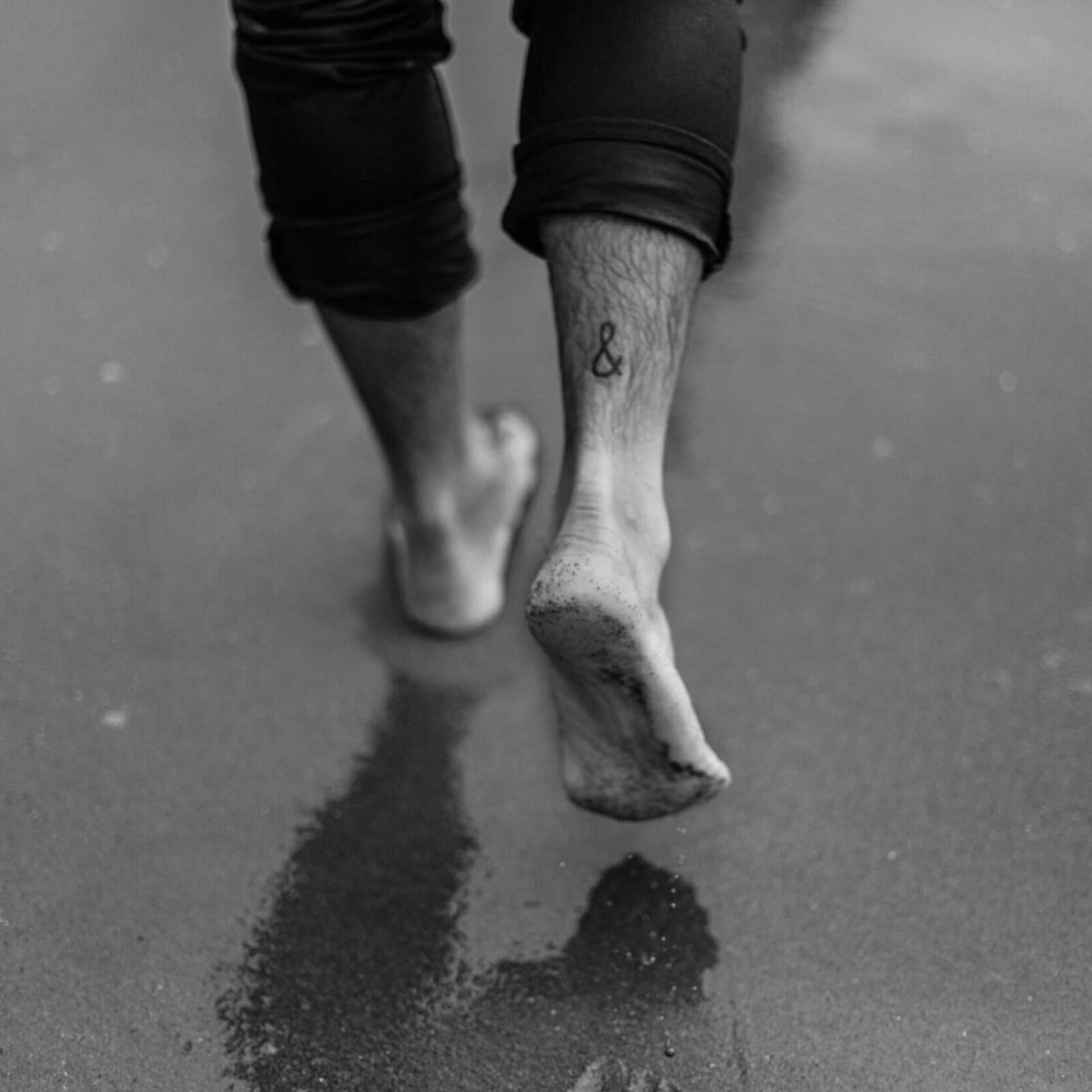GREG LARAIA, ATC & STREETS 101 FOUNDER
At Custom we often work with people on their glutes and talk about how they influence your running and loading mechanics at the hip and knee. We also look at the ankle and how that contributes to control and running mechanics. Surprise surprise, they are actually very connected!
In a recent study looking at ankle stability and gluteal activity during a Y-balance test, they found that participants with ankle instability had increased glute max activation and less forward reach compared to the control group. The researchers noted that the ankle instability group consistently had balance deficits and relied on gluteal muscle support, and concluded that chronic ankle instability may contribute to increased dysfunction in the kinetic chain and increased reliance on the gluteal musculature.
So what does this all really mean? Great question!
What is really happening during running when we break it down? It’s a single leg bound: you are literally jumping from one leg to the other. So go ahead and try and stand on one leg with a slightly bent knee and see how long you last without falling over. Boom! I bet you start to get a little wobbly and you will notice the glutes might turn on a little bit. Now imagine if you have ankles that are either unstable or hypermobile. This same test would become harder with extra ankle mobility. You would start to notice increased work in your glutes, and maybe see your pelvis drop or knee collapsing towards the midline of your body.
Long story short, if you are working on strength for running and focusing on big movements such as squats and deadlifts, it might be time to think about the little muscles as well. Don’t get me wrong–I love when someone can put up big numbers in both those exercises, but if you have all this power and no way to transfer it to the ground (ankle stability!), it’s not getting you the benefits you think. It may be time to refresh your exercises.
Chronic ankle instability will present with increased glute activation during functional movements… including running! So let’s take a step back and focus on ankle strength and stability to help transmit your power to the ground.
DeJong AF Mangum LC Hertel J. “Ultrasound Imaging of the Gluteal Muscles During the Y-Balance test in Individuals With or Without Chronic Ankle Instability”. Journal of Athletic Training. 2020;55(1):49-57.

